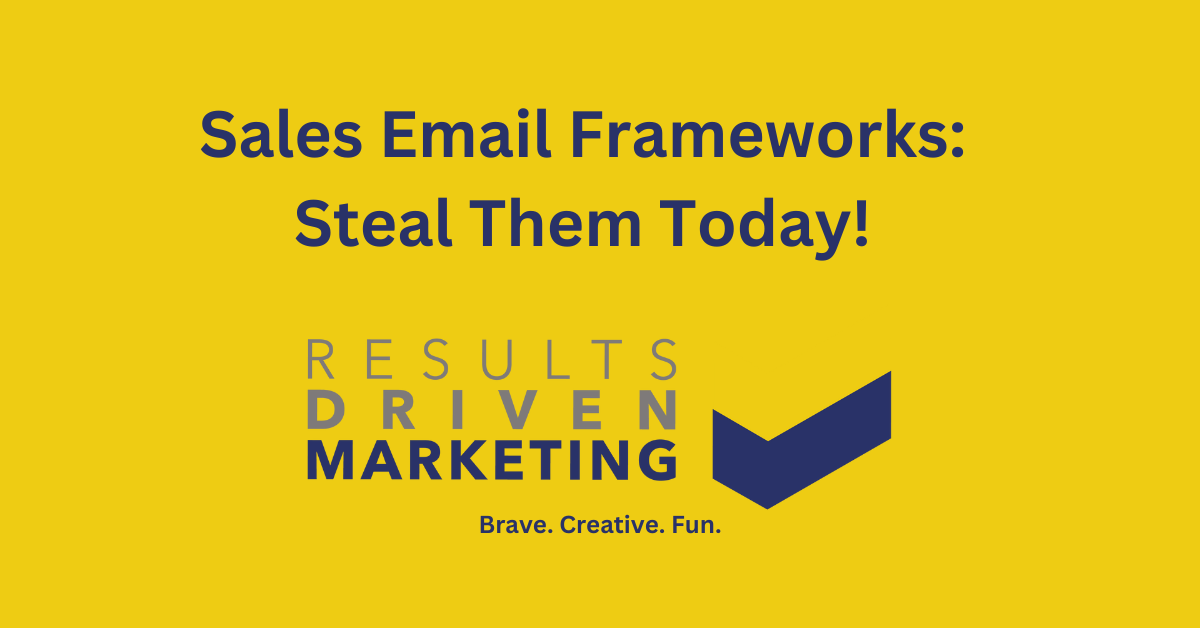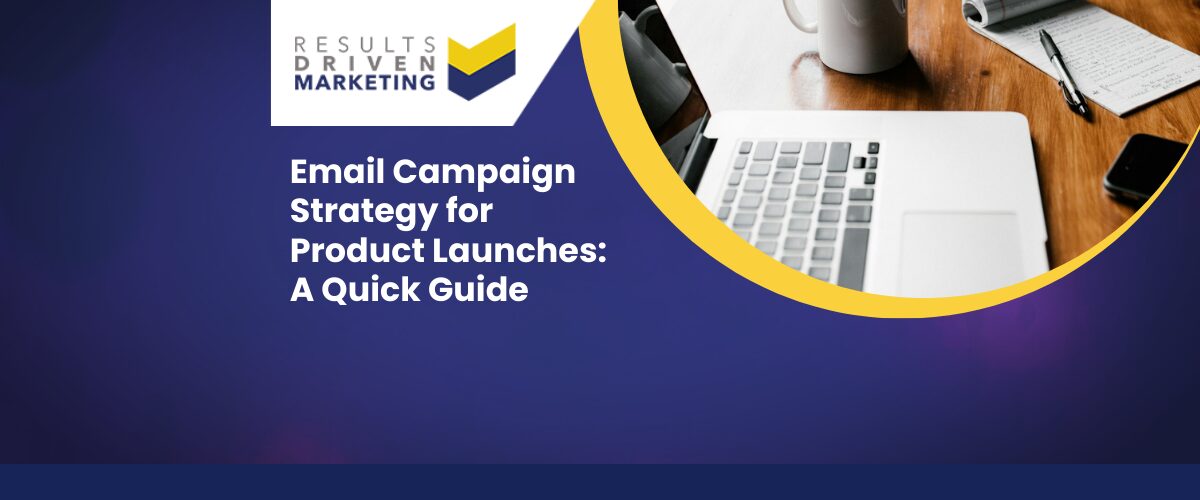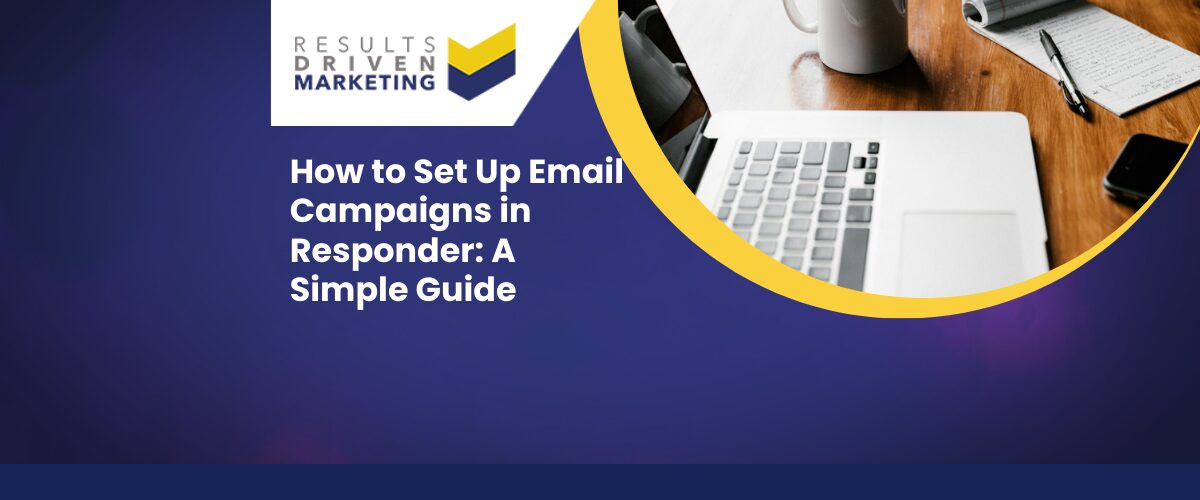
Sales email frameworks you can steal today
Unlocking the Magic of Sales Email Frameworks
Have you ever stared at a blank screen, struggling to figure out how to craft an email that convinces your prospect to take the next step?
You’re not alone! Writing a killer sales email that resonates with your prospect and inspires action can be a daunting task.
But fret not, because that’s exactly what we’re here to explore.
This article is your handy guide to navigating the labyrinth of sales email frameworks – those tried and tested structures that take the guesswork out of writing compelling sales emails.
We’re going to delve into their nuts and bolts, discuss why they work so well, and of course, how you can effectively implement them in your next email campaign.
From the classic AIDA model (Attention, Interest, Desire, Action) to the compelling Problem-Agitate-Solve (PAS) formula, we’ve got a lot to cover. So, buckle up, grab your favourite beverage, and let’s take a deep dive into the fascinating world of sales email frameworks!
The Power of the Before-After-Bridge (BAB) Framework in Sales Emails
In the world of sales and marketing, the success of your communication strategy often hinges on your ability to articulate a compelling narrative that resonates with your audience. One of the most effective narrative structures in use today is the Before-After-Bridge (BAB) framework. This simple, yet robust model is known for its remarkable ability to guide prospects through a journey from their current problem-laden state to a more desirable, solution-rich future, using your product or service as the connecting bridge.
Understanding the BAB Framework
The BAB framework unfolds in three sequential stages:
Before: The purpose of this stage is to mirror the prospect’s existing pain points or problems accurately. By painting a relatable picture of the prospect’s world, laden with specific issues that they’re struggling with, you not only demonstrate your understanding of their situation but also build rapport by empathising with their experience.
After: In this stage, you depict an appealing vision of what life could look like once the prospect’s problems are solved. The goal is to intensify the contrast between their current state and the more favourable future, thus amplifying their desire for change.
Bridge: Finally, you position your product or service as the bridge that can transport the prospect from their problematic ‘before’ state to the desirable ‘after’ state. You lay out how your offering addresses their specific problems and delivers the benefits they desire.
Why the BAB Framework Works: The Science of Storytelling
The BAB framework leverages our innate human attraction to stories. Stories have always been a fundamental mode of human communication, and they engage our brains in ways that logical arguments and feature lists simply cannot. Neuroscientific research reveals that stories stimulate multiple areas of the brain, fostering deeper emotional engagement and enhancing memory retention.
Moreover, the BAB framework taps into the power of contrast to create a persuasive narrative. Humans naturally seek to move away from discomfort towards comfort, and from unsatisfactory situations towards satisfying ones. By clearly illustrating the ‘before’ and ‘after’ states, you’re capitalising on this instinctive drive. The more stark the contrast between the two states, the stronger the psychological pull towards the proposed solution.
Evidence of Effectiveness
The BAB framework’s effectiveness isn’t merely anecdotal. Numerous studies and real-world applications underscore its value in persuasive communication. For example, a study by the Harvard Business School underscored that narratives employing a clear contrast between a problem and its solution – precisely the strategy employed in the BAB framework – were significantly more persuasive than narratives that didn’t.
Similarly, a 2019 analysis of over 1,000 sales emails by Yesware revealed that emails following the BAB framework had a 65% higher response rate than those that didn’t. This is a compelling endorsement of the framework’s effectiveness in the realm of sales emails.
Closing Thoughts on BAB
The Before-After-Bridge framework is a powerful tool that can dramatically enhance the persuasive power of your sales emails. By leveraging the intrinsic human love for stories, the psychological appeal of contrast, and your solution’s unique value proposition, you can guide your prospects on a captivating journey from a problematic present to a solution-rich future.
Remember, the effectiveness of the BAB framework, like any communication strategy, hinges on your understanding of your prospects and your ability to craft messages that genuinely resonate with their experiences, desires, and needs. Always keep your prospect at the heart of your messaging, and you’ll be well on your way to compelling, persuasive sales communication.
Unleashing the Potential of the AIDA (Attention, Interest, Desire, Action) Framework in Sales Emails
Coined in the late 19th century by advertising pioneer E. St. Elmo Lewis, the AIDA (Attention, Interest, Desire, Action) model remains one of the most effective frameworks for crafting persuasive sales emails.
Understanding the AIDA Sales Email Framework
The AIDA framework unfolds in four distinct stages, each guiding the prospect closer to the intended action:
Attention: This initial stage aims to capture the prospect’s attention. With countless emails flooding their inbox, grabbing their attention with an eye-catching subject line is crucial. The goal is to pique their curiosity and entice them to open your email.
Interest: Once you’ve caught their attention, it’s time to pique their interest by presenting intriguing details about your product or service. The key is to focus on the prospect’s needs and how your offering can meet those needs.
Desire: At this stage, you build a strong desire for your product or service by detailing its unique benefits and advantages. To be truly effective, it’s important to appeal to both the prospect’s emotional and rational considerations.
Action: Finally, you encourage the prospect to take action – to purchase, sign up, schedule a demo, or whatever your desired outcome may be. This is typically done through a clear, compelling call to action (CTA).
The Psychological Power of AIDA
The strength of the AIDA framework lies in its alignment with the natural decision-making process that individuals go through when considering a purchase. It mirrors the journey from the initial awareness of a product or service to the final purchase decision.
Each stage of the AIDA framework taps into different aspects of human psychology. The ‘Attention’ stage leverages our natural tendency to notice new or unique stimuli. ‘Interest’ appeals to our curiosity and desire to learn. ‘Desire’ taps into our emotional needs and wants. Finally, ‘Action’ prompts us to alleviate a discomfort (a problem that needs solving) or to attain a comfort (a benefit or pleasure we wish to gain).
Evidence of AIDA’s Effectiveness
The enduring use of the AIDA model in various fields of marketing and sales is a testament to its effectiveness. Its principles have been applied successfully in numerous campaigns and communication strategies, both in the digital realm and beyond.
For instance, a 2018 study published in the Journal of Retailing and Consumer Services found that the AIDA model was successful in predicting consumer behaviour in an email marketing context. The study found a significant correlation between the AIDA stages and customers’ intentions to purchase, demonstrating the practical utility of this framework in shaping effective sales emails.
Concluding Thoughts on AIDA
The AIDA framework’s real power lies in its simplicity and universal applicability. By guiding prospects through a series of stages that mirror their natural decision-making journey, you can craft compelling sales emails that truly resonate. It’s all about capturing attention, sparking interest, stoking desire, and prompting action. Master these four stages, and you’ll be well on your way to creating sales emails that drive results.
Harnessing the Power of the Problem-Agitate-Solve (PAS) Framework in Sales Emails
In the bustling marketplace of the digital age, a compelling sales email is your key to cutting through the noise and grabbing your prospect’s attention. One framework that has consistently proven to be highly effective in this regard is the Problem-Agitate-Solve (PAS) model.
Decoding the PAS Framework
The beauty of the PAS framework lies in its simplicity and its ability to tap into your prospect’s most pressing pain points. Here’s how it works:
Problem: You begin by identifying a specific problem that your prospect is facing. This has to be a problem that your product or service can solve, and one that resonates strongly with your prospect. This is where your understanding of your target audience and their pain points comes into play.
Agitate: Next, you intensify or ‘agitate’ the problem. You delve into the consequences of the problem, bringing it to the forefront of your prospect’s mind. The goal is to make the prospect feel the pain of the problem, thereby creating a sense of urgency to address it.
Solve: Finally, you present your product or service as the solution to the problem. You explain how your offering alleviates the problem, effectively transforming the agitated state into a state of relief or satisfaction.
The Psychology Behind PAS
The PAS framework capitalises on a fundamental principle of human psychology: our instinctive drive to avoid pain and seek pleasure. By highlighting a problem (pain), amplifying its impact (increased pain), and then offering a solution (relief/pleasure), you’re tapping into this primal instinct.
Moreover, the PAS model creates a narrative arc that mirrors many of our favourite stories – from fairy tales to Hollywood blockbusters. We’re presented with a problem, tension builds up (agitation), and then a hero arrives to save the day (solution). This story-like structure naturally engages and holds our attention.
Why the PAS Framework Works: Evidence of Its Efficacy
The success of the PAS framework is not just theoretical. There’s plenty of real-world evidence attesting to its effectiveness in sales and marketing.
For instance, a 2016 study published in the Journal of Marketing Management examined the effectiveness of problem-solving narratives (similar to the PAS framework) in marketing communications. It found that such narratives significantly enhanced audience engagement and brand attitude.
Additionally, numerous case studies from the field of digital marketing have highlighted the efficacy of the PAS model. For example, DigitalMarketer, a leading marketing training and resource company, often shares successful campaigns that have leveraged the PAS framework. They report increased click-through rates and conversions, demonstrating the practical effectiveness of this approach.
Wrapping Up PAS
The Problem-Agitate-Solve framework is a potent tool for crafting persuasive sales emails. It directly addresses your prospect’s problems, evokes a strong emotional response, and provides a clear path to relief. By leveraging the power of PAS, you can craft sales emails that not only grab attention but also drive action. So, why not give PAS a try in your next campaign and experience the results for yourself!
Sales Email Frameworks: That’s All For Now
In the end, these frameworks are not rigid rules, but guiding principles. They’re meant to be adapted and tweaked according to your unique offering, your brand’s voice, and, most importantly, your prospects’ needs and expectations.
Sales email frameworks like AIDA, PAS, and BAB are not merely tools for structuring your emails, but also powerful lenses to understand your prospects better. They encourage us to think from our audience’s perspective – about their problems, desires, and the solutions they’re seeking.
By effectively employing these frameworks, you’re not just sending emails; you’re telling engaging stories, solving problems, and making strong connections. And that’s what successful selling is all about, isn’t it?
Remember this – every email you send out is an opportunity to make an impact, to influence, and to drive action. With these sales email frameworks up your sleeve, you’re all set to make the most of these opportunities.
Thanks for reading
Iain Irvin – Results Driven Marketing
For more information about out products and services…





